Photographs: Reuters Shyamal Majumdar
An ILO study shows child labour has declined for girls from households that had taken up the work guarantee programme
Gopal, 12, is a class V dropout and worked in the quarries in Andhra Pradesh. His job profile: polishing and “sponging” granite from 6 in the morning until 6 in the evening.
And he was paid Rs 50 a day. His work day didn’t end there. After 6 pm, he washed slurry and each day he had blisters on his feet, so sore that he could hardly walk. Gopal used to get Rs 30 for his work in the evening.
…
How India has curbed child labour
Photographs: Reuters
M Radhika, daughter of a mat and basket weaver in Kurnool district, and her two sisters (the two brothers were excluded) carried head-loads of rubble from the quarries.
“After we went home, we helped the family weaving baskets. My mother was very ill and my father a drunkard. The entire family responsibility was on me and my sister. We worked at home, on the quarries, in the kitchen and everywhere else. It was work, work and work all the time. One day when we were in the quarries, an MVF volunteer met us and our father. They must have talked to him a thousand times. Fed up of such persuasion, our father sent both of us to the camp. We were the first ones in our family to study,” Radhika says.
…
How India has curbed child labour
Image: A street performer carries a child in a basket after performing a street show at Noida.Photographs: Parivartan Sharma/Reuters
Gopal, Radhika and her sisters were lucky. In fact, they were extremely lucky since they were spotted by volunteers of MVF (Mamidipudi-Venkatarangaiya Foundation) in Andhra Pradesh, a partner organisation of the International Programme on the Elimination of Child Labour, an offshoot of the International Labour Office (ILO).
MVF works to remove children from child labour and get them into school.
Thousands of Gopals have never gone back to the quarries after joining school. Efforts of organisations such as MVF deserve praise, but they are just a drop in the ocean considering that 215 million children are involved in child labour all over the world.
…
How India has curbed child labour
Photographs: Reuters
These are 2010 numbers, the latest available, from Global Report and the number has surely gone up sharply since then. Of this, 115 million are involved in the worst forms of child labour, that includes practices akin to slavery, debt bondage, prostitution, etc.
Only one in five working children is in paid employment while the overwhelming majority are unpaid family workers.
In that context, an ILO report has examined whether public employment programmes have played a positive role in terms of reducing households’ reliance on child labour.
…
How India has curbed child labour
Photographs: Reuters
Though the report says further research is required, the initial findings suggest programmes such as the Mahatma Gandhi National Rural Employment Guarantee Scheme (NREGS) in India and the Public Safety Net Programme in Ethiopia have been successful in reducing child labour, at least among some groups of children.
A Young Lives Survey administered in Andhra Pradesh during the early phase of the NREGS, which was launched in 2005, found that paid child labour declined for girls from households that had taken up the work guarantee compared to those who lived in districts where the scheme had not yet been introduced.
The corresponding figure for boys was not statistically significant.
…
How India has curbed child labour
Photographs: Fayaz Aziz/Reuters
The survey, however, hastens to add that this is a preliminary finding and therefore the question whether the NREGS has avoided the pitfall of inducing households to substitute children for adults in domestic tasks remains as yet unanswered.
The Public Safety Net Programme in Ethiopia provides food or cash for work on labour-intensive projects designed to build community assets (such as soil and water conservation projects, and road and school construction) to poor households in 262 food-insecure Ethiopian districts.
An impact evaluation study found some evidence of a significant reduction in hours worked by boys aged 6-10 years.
Separate estimates for hours in agricultural activities and hours in domestic chores indicated that half of this decrease in working hours by boys related to domestic chores and the other half to agricultural activities.
…
How India has curbed child labour
Image: Ten-year old Murtaza works inside a lime paste factory in a slum area in Mumbai.Photographs: Danish Siddiqui/Reuters
The study, however, suggests that the public works programme combined with food security interventions actually increased working hours, and in the case of 6–10 year-old girls the increase was statistically significant, underscoring the potential drawbacks of such programmes from a child labour perspective.
The survey raises two important potential problems in public employment programmes. First, households may choose to reallocate household labour to take advantage of a public employment programme in part because they are able to draw upon the labour of their children for chores within the household.
Second, many potential participants may already be economically active but in low-quality jobs, in which case there is the risk that children will replace adults in these jobs when the adults take up the more attractive public employment opportunity.
…
How India has curbed child labour
Image: A child polishes military boots in a street in Santo Domingo.Photographs: Reuters
In general, the ILO says social protection policies such as cash transfer schemes, social health protection and income security in old age can play a key role in the fight against child labour.
For example, Brazil’s Bolsa Familia cash transfer programme - which pays families a certain amount per month provided their children go to school - has played a key role in the reduction of child labour both in rural and urban areas.
In Cambodia, child labour was down by 10 per cent following the introduction of the Education Sector Support Project scholarship programme - which also involves cash transfers.

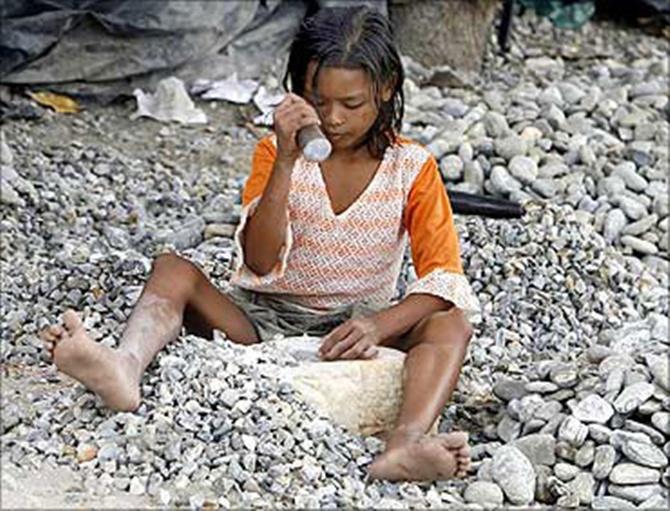
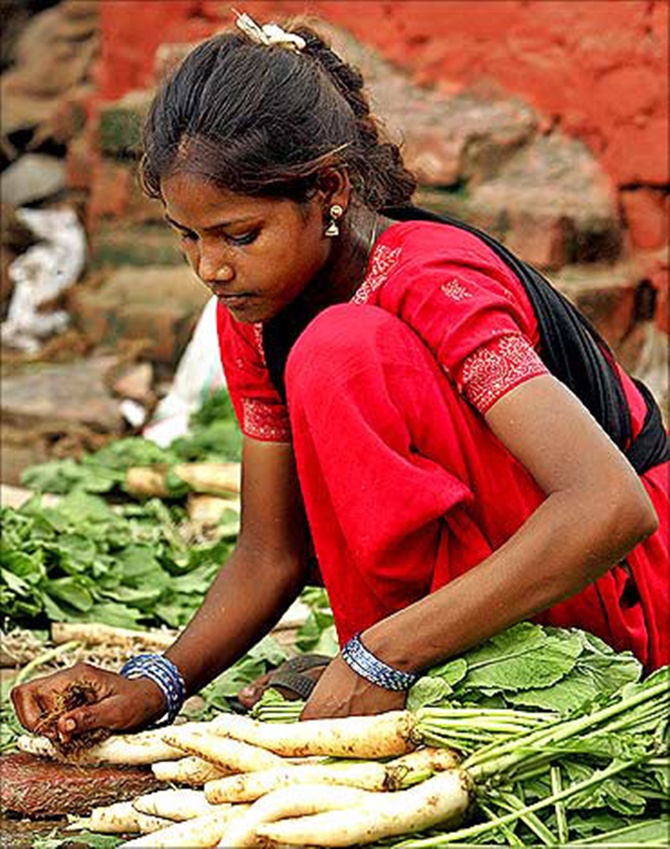
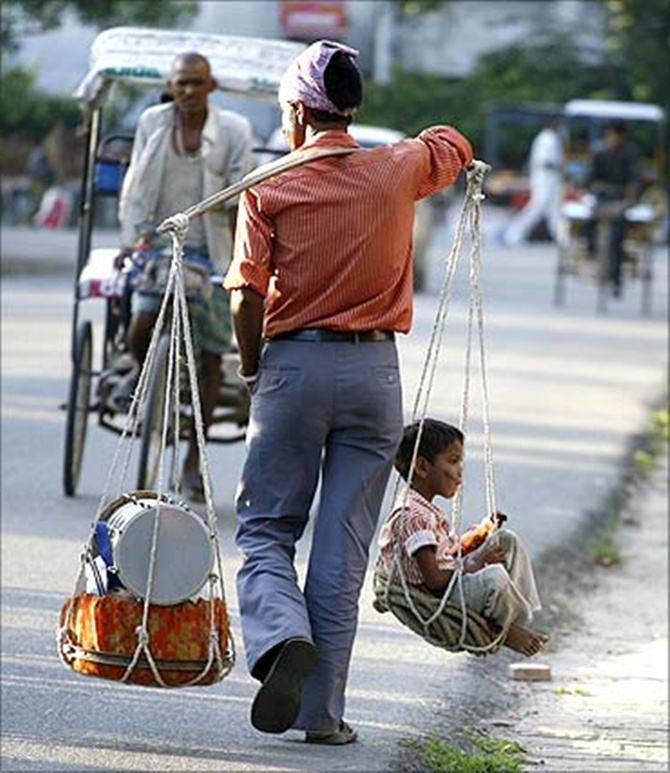


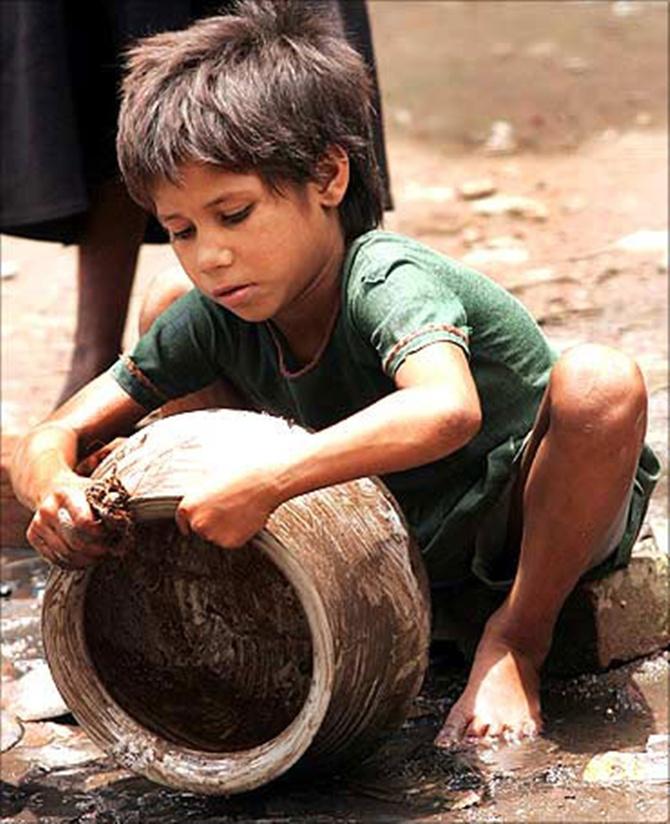

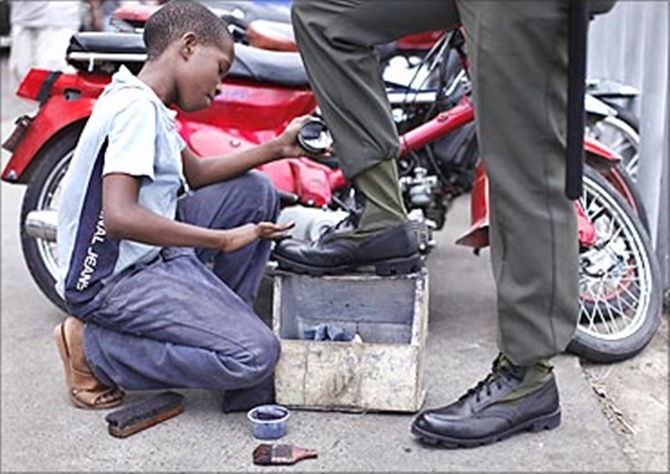

article